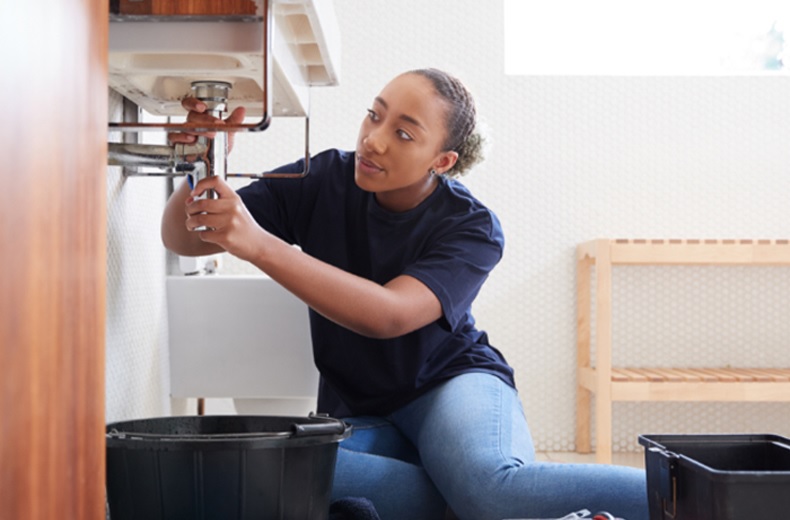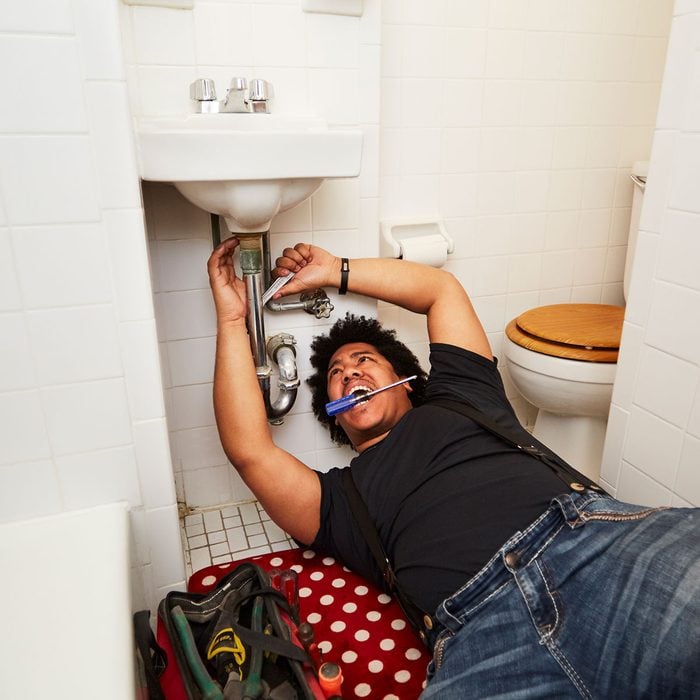Expert Drain Cleaning Alabaster AL to Keep Your Water Lines Flowing
Expert Drain Cleaning Alabaster AL to Keep Your Water Lines Flowing
Blog Article
A Detailed Guide to Reliable Hot Water Heater Setup for Optimal Efficiency
Getting started on the task of mounting a water heating system is an endeavor that requires precision and a methodical technique for attaining ideal performance. As you continue, the intricacies of connecting water supply lines and setting up trustworthy electrical or gas connections wait for, encouraging understandings right into making certain effectiveness and dependability.
Picking the Right Hot Water Heater

Following, think about the dimension and capability of the hot water heater. It's essential to evaluate your house's hot water requirements, which can differ based upon the number of owners and their use patterns. A device that's also small may cause not enough hot water, while an oversized version might cause unnecessary energy usage.
Performance ratings likewise play a critical function in selection. Try to find hot water heater with high Energy Variable (EF) rankings, indicating remarkable efficiency and lowered power usage. Tankless designs, though commonly extra pricey in advance, offer substantial energy savings over time because of their on-demand heating abilities.
Preparing the Setup Location
Before installing a new water heating unit, meticulous preparation of the installation location is vital. It's crucial to gauge the area carefully to fit the water heater's measurements, guaranteeing appropriate clearance around the system for efficient operation and maintenance.
Examine the floor for stability, as the water heating system will require a strong, level surface area to run efficiently. If essential, set up a drip pan below the unit to catch potential leakages or spills, protecting against water damage to the surrounding area.
Additionally, make certain that all essential devices and materials are on hand prior to starting the installation. This consists of things such as wrenches, screwdrivers, a level, and any additional hardware required for mounting and protecting the heating system. A well-prepared setup location sets the foundation for a successful water heating unit arrangement, optimizing performance and safety.
Connecting Water System Lines
When connecting water lines to your newly set up water heater, it is critical to make sure that all connections are secure and leak-free to preserve effective operation and avoid water damages. Begin by identifying the warm and cool supply of water lines. The chilly water inlet is commonly noted with a blue tag or a "C", while the warm water electrical outlet is noted with a red label or an "H".
Usage adaptable water heating system ports to facilitate a less complicated installation process. Before connecting the adapters, place a plumber's tape around the threaded ends of the water heater's inlet and outlet pipelines.
As soon why not find out more as connections are in place, slowly transform on the primary water supply shutoff. Evaluate each link for leaks by aesthetically feeling and checking for dampness. Tighten connections as necessary, and ensure the stress safety valve is correctly mounted, securing against excessive pressure build-up.
Establishing Electrical or Gas Connections
Correctly establishing up the electric or gas connections for your water heater is an important step to make certain reliable and secure operation. For electric water heating systems, begin by verifying that the electrical circuit is suitable with the heating system's voltage and amperage requirements.
For gas water heaters, safety is critical. Connect the gas line you could check here to the water heating system using a versatile gas connector, guaranteeing it is appropriately threaded and secured with pipeline joint substance or Teflon tape suitable for gas links.
As soon as links are made, check for any kind of potential leakages. For gas lines, use a soapy water solution to the joints; bubbles show a leakage. For electric connections, verify that all circuitry is secure and appropriately shielded, keeping compliance with neighborhood electrical codes.
Testing and Adjusting for Performance
With the electric and gas connections firmly in place, the following action is reviewing the operational effectiveness of your hot water heater. Begin by carefully switching on the water system and guaranteeing there are no leakages at any one of the shutoffs or joints. Once verified, proceed to fill up the tank, taking notice of the pressure and temperature level setups. It is suggested to establish the thermostat to an advised temperature of around 120 ° F(49 ° C) to stabilize power performance and comfort.
Next, carry out a thorough evaluation to guarantee the burner or burner are working correctly. For electrical heaters, use a multimeter to verify if the elements more tips here are drawing the proper present. In gas models, observe the heater fire; it ought to be constant and blue, suggesting effective burning.
Adjust the setups as essential to eliminate ineffectiveness. Take into consideration carrying out insulation steps, such as including a hot water heater covering, to better boost efficiency by reducing warm loss. In addition, check the anode rod's problem, as a scrubby pole can reduce performance and cause container corrosion.
Conclusion
Reliable water heating unit setup is vital for making certain ideal performance and power cost savings. Firmly connecting water supply lines and thoroughly establishing up electric or gas connections reduce potential issues.

Properly establishing up the electrical or gas links for your water heating system is a critical action to guarantee risk-free and effective operation. For electrical water heating systems, start by verifying that the electrical circuit is compatible with the heating system's voltage and amperage requirements. Connect the gas line to the water heating system making use of an adaptable gas port, ensuring it is effectively threaded and secured with pipeline joint substance or Teflon tape appropriate for gas connections.
Report this page